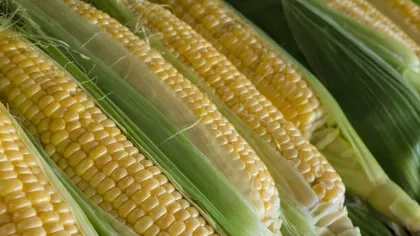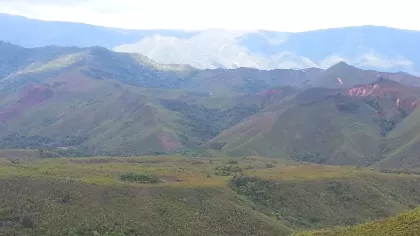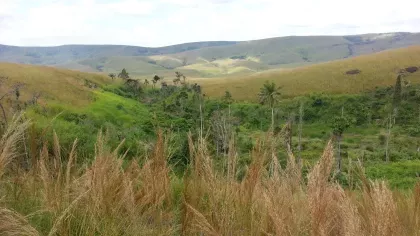31 January 2019
Mapping and tracking Madagascar's grasses
Building our knowledge of grasses in Madagascar is vital if we want to protect them.

There are more than 500 grass species in Madagascar. Identifying them correctly is important for environmental management, food production and ultimately the nation’s economy.
What is this new weed and how can we control it? What is the most nutritious food for grazing animals? These are just some of the questions that we need to answer.
Our recently published Madagascar Grass Atlas helps to deliver solutions and provides a resource to protect the country’s grasslands. But gathering the data has been no easy task.
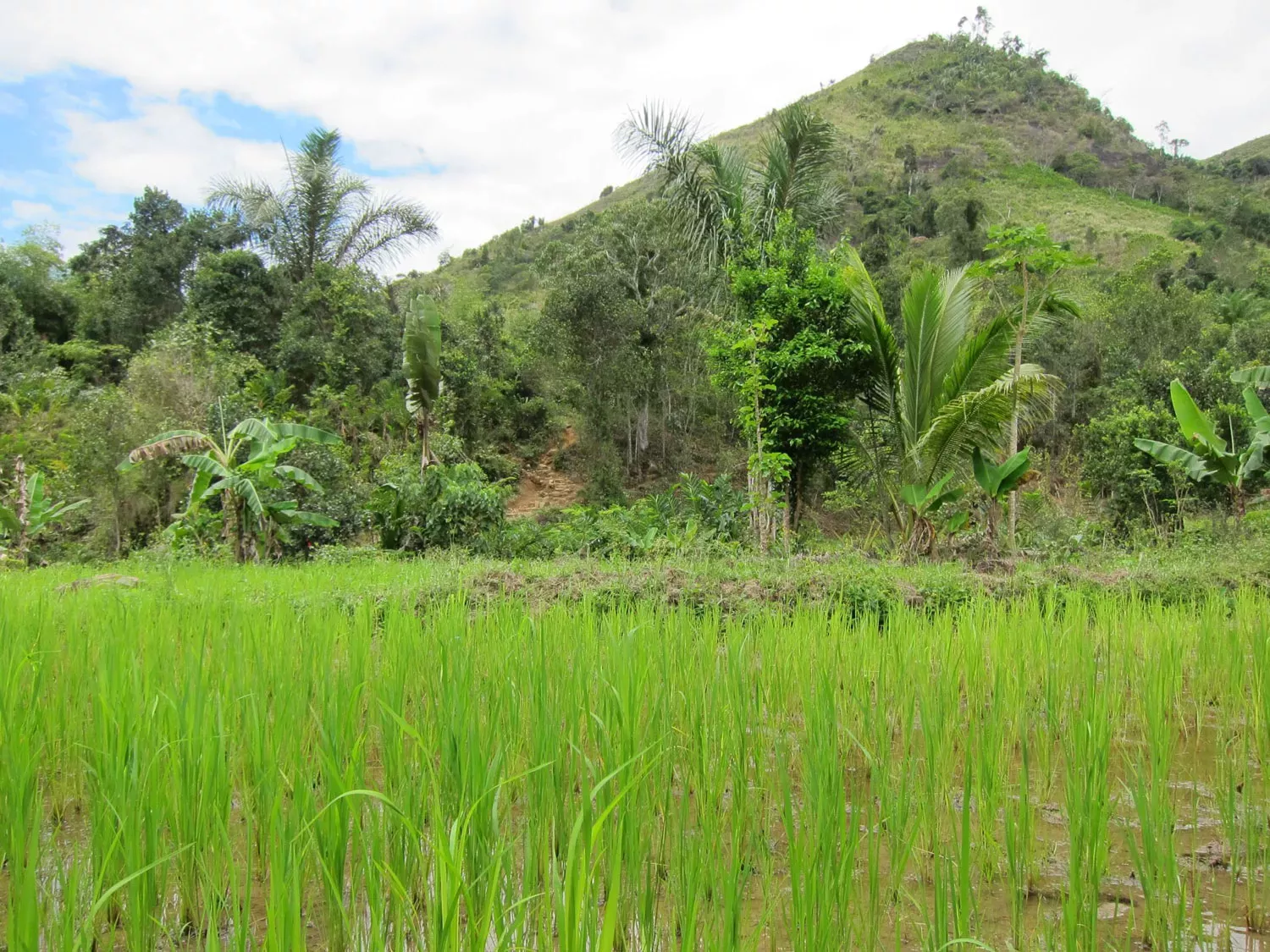
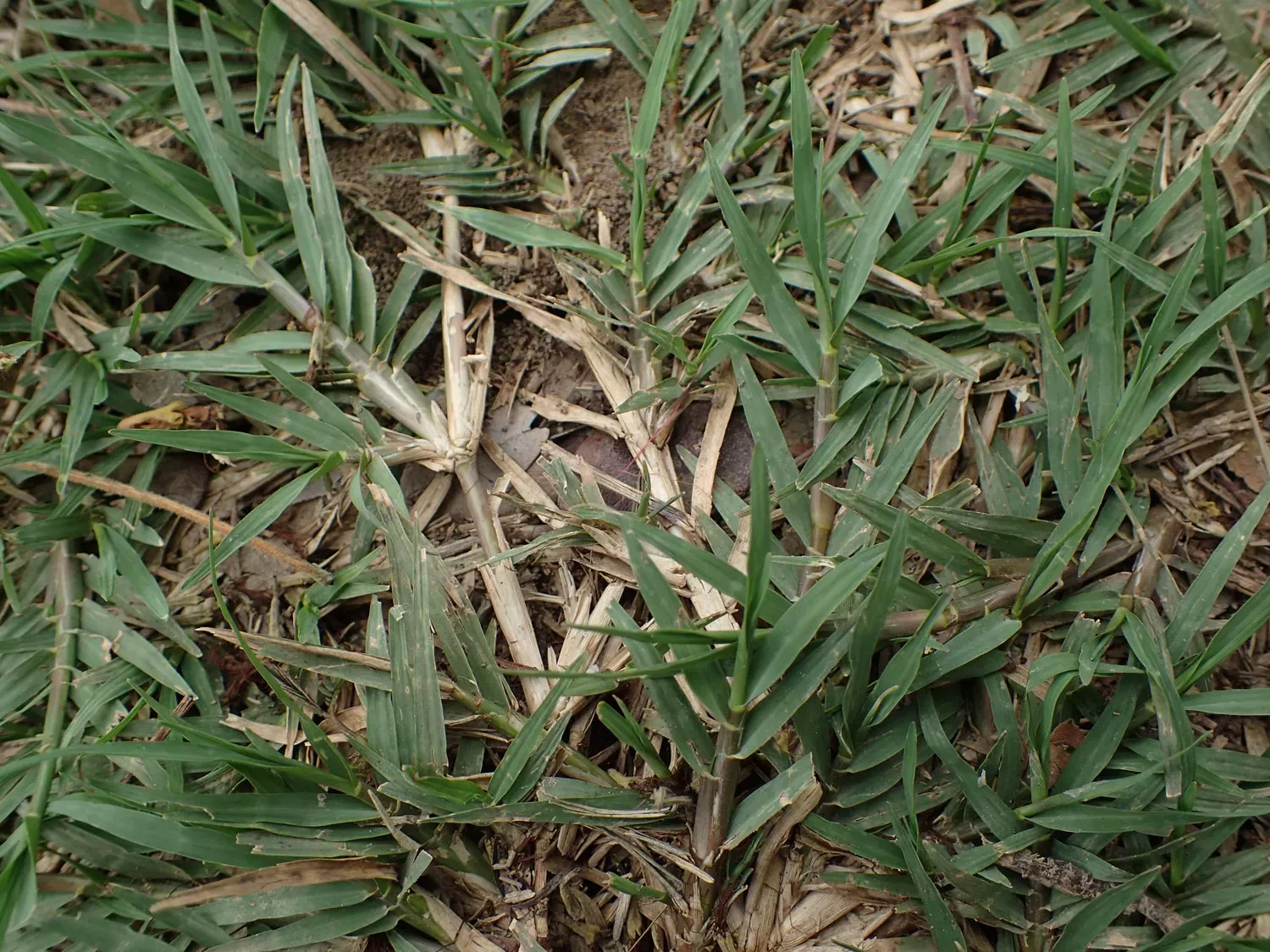
Plant data injustice: information in the wrong place
When I began studying the grasses of Madagascar in 2011, I was travelling to Madagascar regularly and working with students at our Madagascar Conservation Centre.
I could identify common grasses using specimens held in the Herbarium at the botanical garden in Tsimbazaza, but over 100 species were not represented at all.
This is because Madagascar had a serious problem: the majority of Malagasy plant specimens had been taken away to France.
Many of the country’s endemic species were not represented by a single specimen in Madagascar.
The Malagasy researchers were therefore having to go to France to look at specimens and carry out a basic diversity inventory, but for most projects this was too expensive so the work could not be carried out.
While staff at at the Muséum National d'Histoire Naturelle in Paris worked hard to ease this injustice by publishing specimen images online, unfortunately as internet connections in Madagascar are poor, the information was still inaccessible.
Back in 2017, we were thankfully awarded a grant to return the data back to Madagascar.
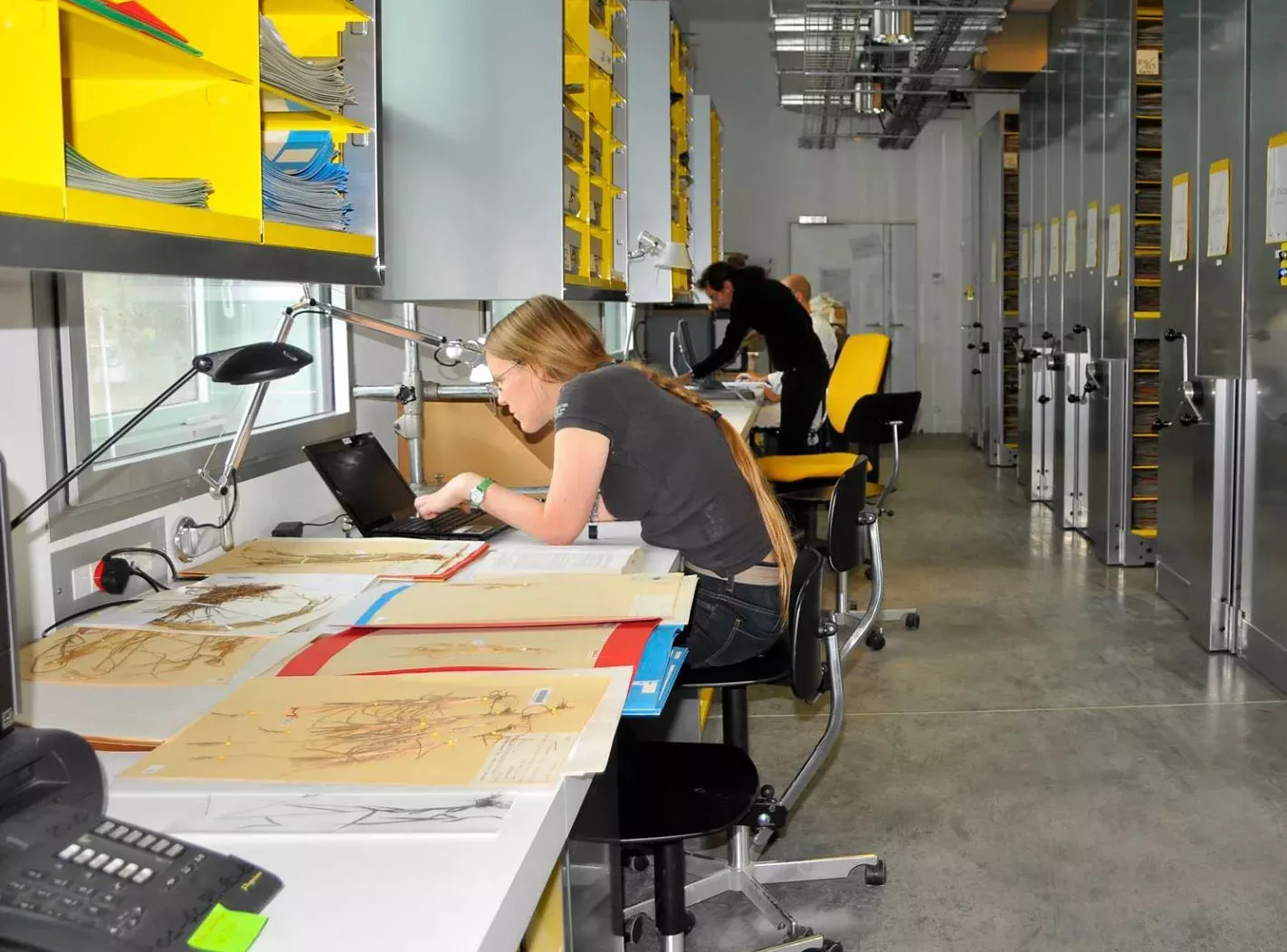
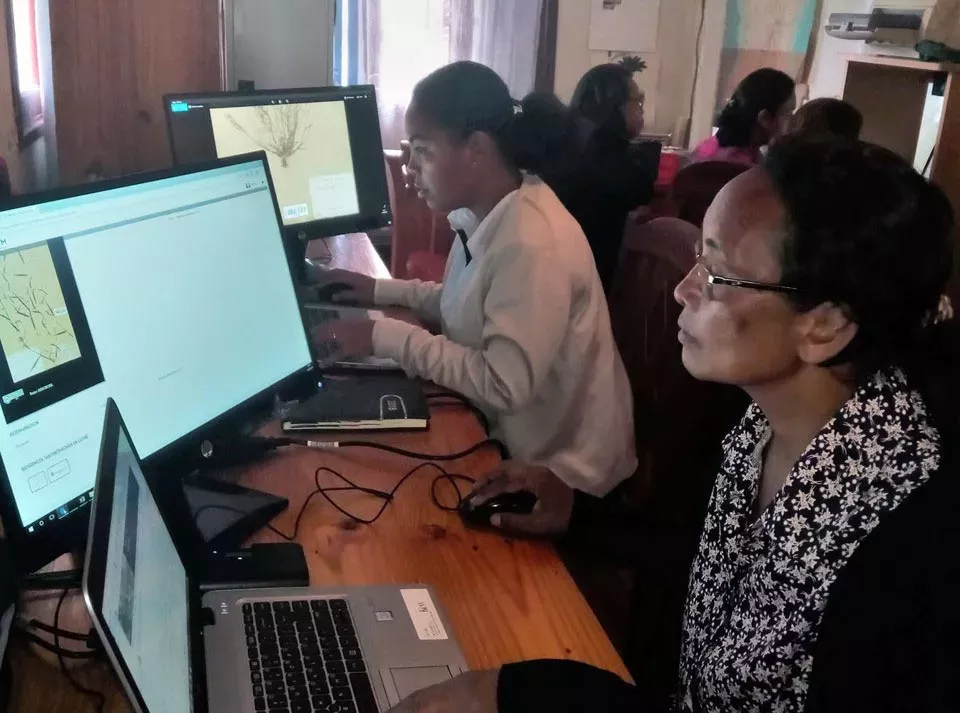
Deciphering plant diversity
I began this quest by transporting hard drives full of specimen images from France to Antananarivo, Madagascar’s capital, in September 2017.
My colleagues Henintsoa Razanajatovo and Velosoa Razafiniary then spent 15 months deciphering original text on 14,000 specimen labels and trying to find out where these plants were originally collected.
Linah Rabarivola would check each data point while I tracked down the correct Latin names. We’ve made this data available for free online, and high-resolution specimen pictures are available in Madagascar on hard drives.
From this data we compiled the Madagascar Grass Atlas a reference document accessible to anyone which illustrates the distribution of 522 grass species.
This work has allowed us to create a conservation strategy to protect the country’s valuable endemic species and grassland areas, which Professor Vololoniaina Jeannoda, from the University of Antananarivo, a partner institution, presented to the Malagasy government.
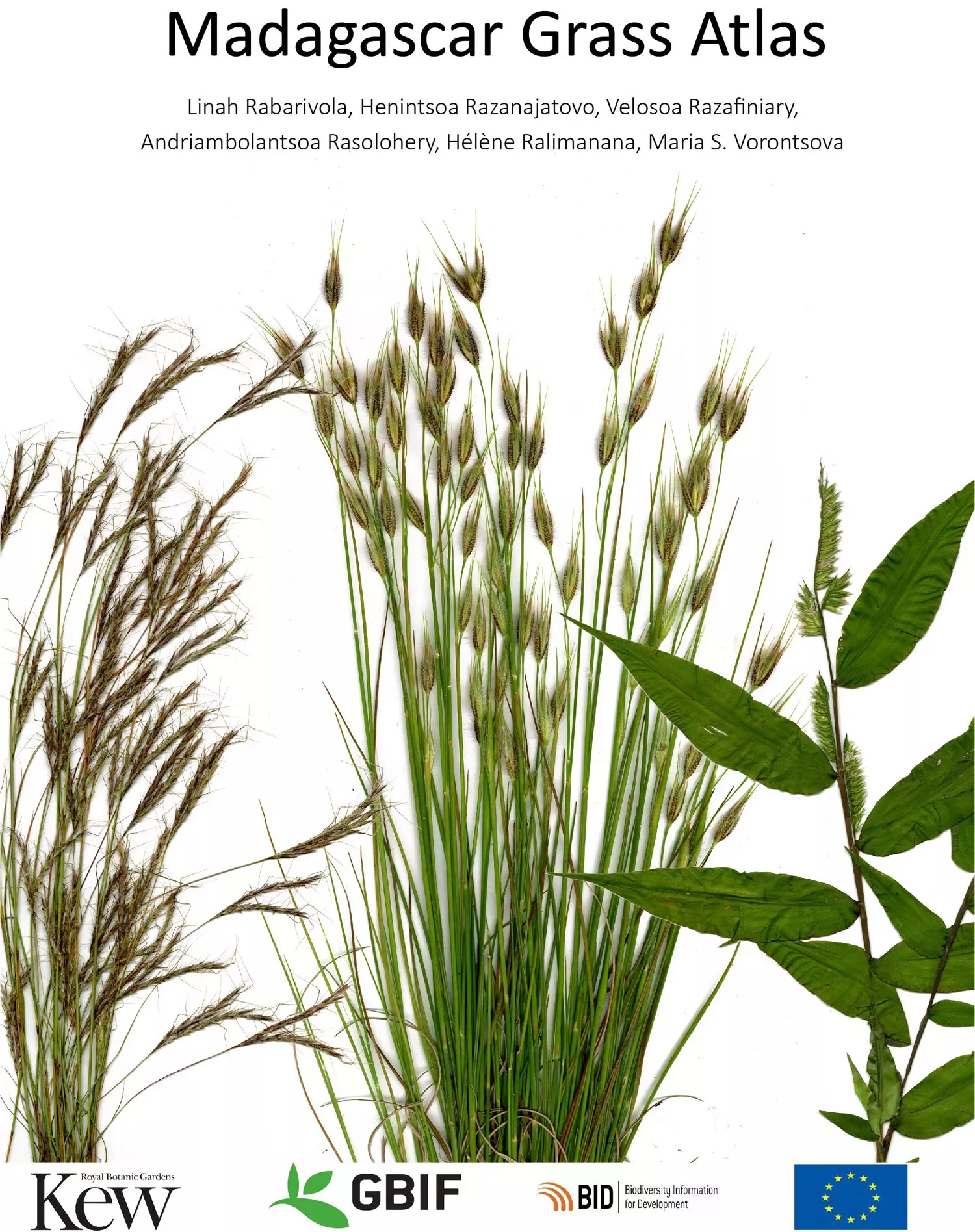
More work is yet to be done when it comes to documenting every grass species and identifying invasive (“alien grasses”) species and weeds that pose a threat to habitats.
Knowledge is still lacking on many of these species, and we still do not know which Malagasy grasses are native and which were brought there by people.
But, with information now in the right place, work will now move faster and Madagascar’s ecosystems are set to be better protected
Thank you Linah Rabarivola
I would like to say a big thank you to Linah who is sadly no longer with us.
All of her hard work, on this project and others, was invaluable and will continue to be used.
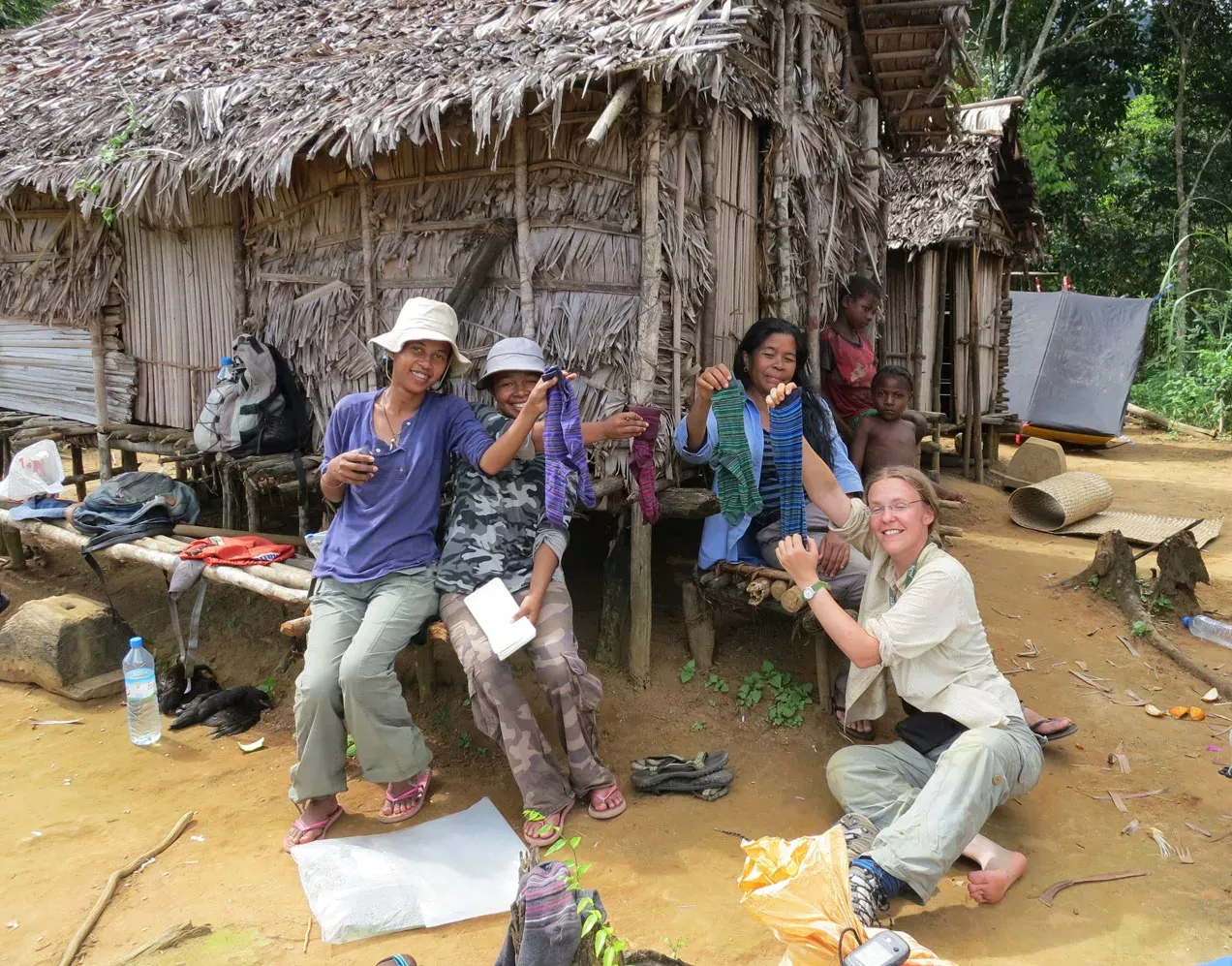
Acknowledgements
Thanks to funding from the Global Biodiversity Information Facility - Biodiversity Information for Development
References
Rabarivola, L., Razanajatovo, H., Razafiniary, V., Rasolohery, A., Ralimanana, H. & Vorontsova, M. (2019). Madagascar Grass Atlas.

